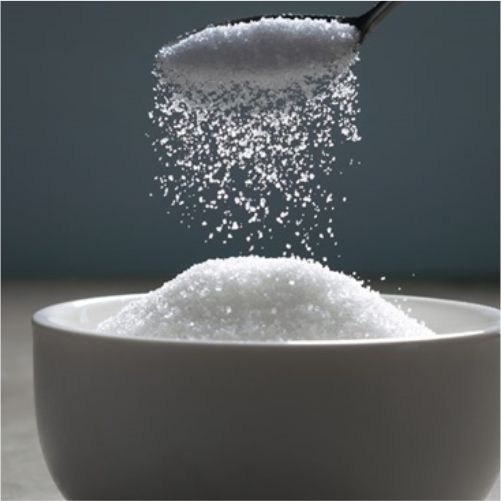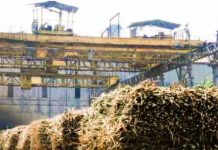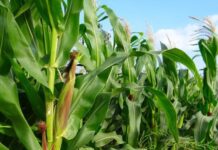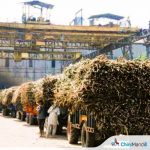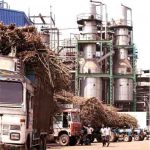Worldwide, food borne diseases are a major health burden leading to high morbidity and mortality. The biological, chemical and physical hazards also exist in granulated sugar manufacturing also. S.Panda, R.N.Bhosale and R.V.Dani from the Vasantdada Sugar Institute addressed the essentials of food safety in production of white sugar through a paper presentation at the All India One Day Seminar on “Advances in Sugar Grading and Food Safety Standards to produce Quality Sugar” at Belgavi.
On behalf of the authors, the paper was presented by Mr. Vishwajeet Shinde. He addressed that the authors have identified the hazard in the whole process of sugar manufacturing. The actual measures taken by the authors during manufacture of hazard free granulated white sugar from cane carrier to final product to the customer, in member sugar factories in Maharashtra. Sugar samples from various stations namely centrifugal, belt conveyor, grader, sugar bin, pharma bin and FBD (before and after) were collected and analyzed by international standard methods for microbial count and metal analysis. Out of the various measures taken for achieving hazard free granulated white sugar, somer were checking the food grade certificates of all the processes, following the process parameters by establishment of instruments and recording for cross verifications. Avoiding interference of fine bagacillo particles in the final product. Following sanitation practices, cleaning juice holding tanks periodically, isolating crystallization, centrifuging, drying and packing station and restricting to visitors.
From the analysis the total plate count for all the sugar samples is minimum in the range of 10-30, maximum in the range of 70-90 and average in the range if 45-54. All the values are below the limits of ISO standard. From the analysis the E.coli is absent in all sugar samples, as per ISO standard it should be less than 1 CFU/g. The Sugar samples were analysed from NABL, accredited laboratories for yeast and moulds and for Salmonella, the average value for yeast and moulds is 05 CFU/10 g and salmonella. The Sugar samples were also analysed from NABL accredited laboratories for metals contaminants the average values for metals all values are below the limits of ISO standards.
The authors concluded that the sugar mills staff achieved hazard free granulated sugar which is supplied to the buyers for infant food and for medical purposes, which is today’s vital need for public health and sugar mills must fulfill the requirement.

